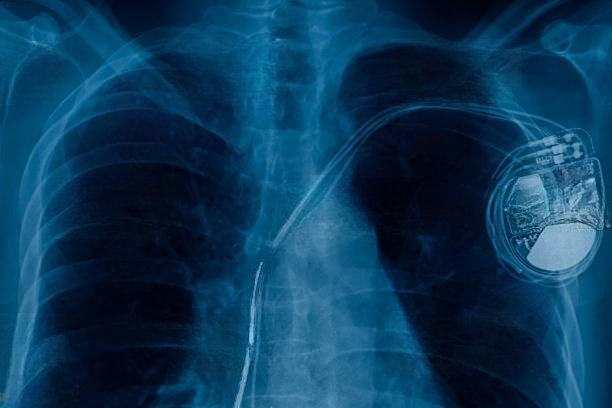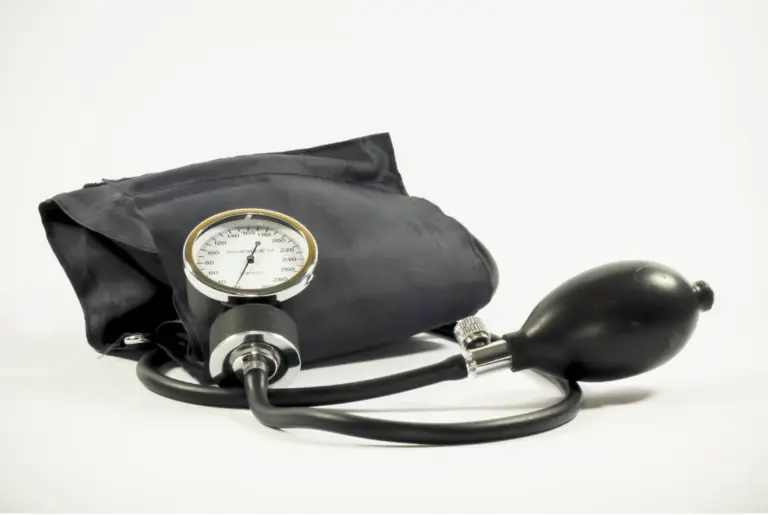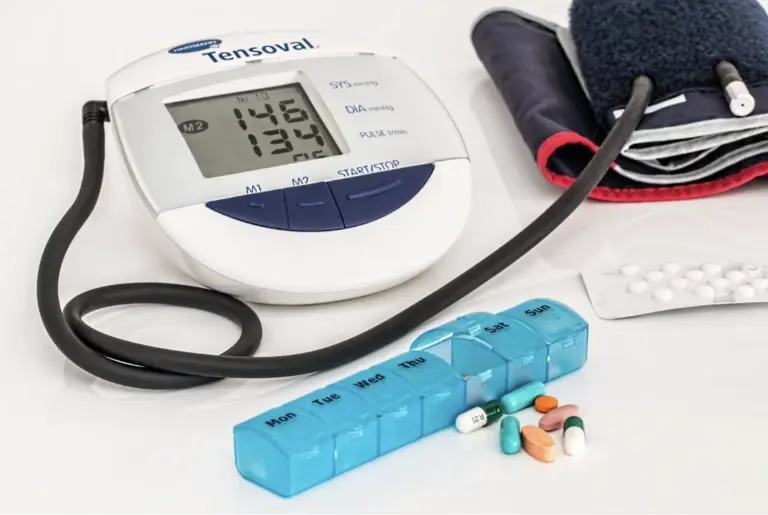The human heart is the engine that acts as the powerhouse of our bodies. Every day, it pumps blood throughout our bodies, delivering oxygen and nutrients to our organs and tissues. But for some people, the heart’s electrical system does not function properly, leading to irregular heartbeats or arrhythmias. In such cases, a heart pacemaker can be a lifesaving device that helps regulate the heartbeat. In this article, we will explore what a pacemaker for the heart is, how it works, the different types of pacemakers, and the signs that you may need a pacemaker for your heart.
What is a Heart Pacemaker?
A heart pacemaker is a small electronic device that is implanted under the skin in the chest to regulate the heartbeat, commonly known as arrhythmias. It is also referred to as a pacemaker of the heart or a pacemaker. The device is designed to monitor the heart’s electrical activity. It sends electrical signals/impulses to the heart muscles, helping the heart to beat at a regular pace, and thus controlling the pulse rate.
The pacemaker consists of two parts: the pulse generator and the leads. The pulse generator is a small metal case that contains a battery and a computer chip that controls the timing and strength of the electrical signals. It is the main component of the heart pacemaker that generates electrical impulses and is responsible for the device’s overall function.
The leads, on the other hand, are thin, insulated wires that connect the pulse generator to the heart muscles. They transmit the electrical signals from the pulse generator to the heart muscles, helping to regulate the heartbeat. The leads play an essential role in the proper functioning of the pacemaker, as they need to be accurately positioned in the heart.
How does a Heart Pacemaker work?
A heart pacemaker works by constantly monitoring the heart’s electrical activity and sending electrical signals to the heart muscles when necessary. The pacemaker’s computer chip is programmed with the patient’s specific heart condition and is customised to deliver the appropriate signals to regulate the heartbeat.
When the pacemaker detects an abnormal heartbeat, it sends a small electrical signal through the leads to the heart muscle. This signal stimulates the heart muscle to contract, causing the heart to beat at a regular pace. The pacemaker can adjust the strength and timing of these signals to match the body’s needs, ensuring that the heartbeat stays in sync with the body’s demands.
The heart pacemaker also has a built-in safety mechanism that prevents it from delivering unnecessary signals to the heart. This mechanism ensures that the pacemaker only sends electrical signals when necessary and avoids interfering with the body’s natural electrical signals.
Additionally, some pacemakers for hearts are equipped with sensors that can detect changes in the body’s activity levels or breathing patterns. The pacemaker can then adjust the heart rate accordingly to ensure that the body is receiving the appropriate amount of oxygen and nutrients.
What are the different types of pacemakers?
There are several types of pacemakers, each designed for specific heart conditions. The most common types of pacemakers include:
- Single-chamber Pacemakers: These pacemakers have only one lead that is implanted in the right ventricle of the heart. They are used for people with simple heart conditions where only one chamber of the heart needs to be regulated.
- Dual-chamber Pacemakers: These pacemakers have two leads, one in the right atrium and one in the right ventricle. They are used for people with more complex heart conditions where both chambers of the heart need to be regulated.
- Biventricular Pacemakers: These pacemakers have three leads, one in the right atrium, one in the right ventricle, and one in the left ventricle. They are used for people with heart failure and are designed to synchronise the contractions of both ventricles.
- Leadless Pacemakers: These pacemakers are smaller and do not require leads to be implanted directly into the heart muscles. They are ideal for people who need a pacemaker for the heart for short-term use or who cannot tolerate traditional pacemaker
- Rate-responsive Pacemakers: These pacemakers have sensors that monitor the body’s physical activity and adjust the pulse rate They are designed to provide more support during physical activity and reduce the pulse rate during rest.
- MRI-compatible Pacemakers: These pacemakers are designed to be compatible with MRI machines, which use strong magnetic fields that can interfere with traditional pacemakers.
Note: The type of pacemaker for the heart recommended for each person will depend on their specific heart condition and needs. The doctor will evaluate each person’s medical history, symptoms, and test results to determine the most appropriate type of heart pacemaker.
What are the signs you need a pacemaker for your Heart?
The need for a pacemaker can arise due to various reasons. The following are some of the signs and symptoms that indicate you may need a pacemaker for your heart:
- Slow Heart Rate: If your heart beats too slowly, it may not be able to pump enough blood to meet your body’s needs. This can cause fatigue, weakness, and lightheadedness. A slow heart rate is typically defined as a heart rate of less than 60 beats per minute.
- Fainting Spells: If you experience fainting spells or dizziness, it may be a sign that your heart is not pumping enough blood. This can be due to a slow heart rate or an irregular heartbeat.
- Shortness of Breath: If you experience shortness of breath, especially during physical activity, it may be a sign that your heart is not functioning properly. This can be another symptom that indicates your need for a pacemaker.
- Chest Pain: Chest pain or discomfort can be a sign of many different heart conditions, including arrhythmias that may require a heart pacemaker.
- Fatigue: If you experience unexplained fatigue or weakness, it may be a sign that your heart is not pumping enough blood to meet your body’s needs.
- Heart Block: Heart block occurs when the electrical signals that control the heartbeat are blocked or delayed as they pass through the heart. This can cause the heart to beat irregularly or too slowly, which may require a pacemaker for the heart.
In addition to seeking medical attention, making lifestyle changes can help prevent heart attacks and fight high blood pressure. Some tips to prevent heart attack include quitting smoking, maintaining a healthy weight, exercising regularly, and eating a healthy diet that is low in saturated and trans fats. Reducing stress and getting enough sleep can also help prevent heart attacks. Apart from these, reducing salt intake, increasing physical activity, limiting alcohol consumption, and managing stress are a few subtle lifestyle changes to fight high BP.
Conclusion
A heart pacemaker is a crucial medical device for individuals who experience irregular heartbeats. Whether you have a slow heartbeat, a fast heartbeat, or a combination of both, a pacemaker can help you maintain a healthy heart rhythm and avoid potentially serious complications.
If you need a pacemaker or are looking for an experienced physician to manage your heart health, our webpage can help you Find a Physician. Our user-friendly directory provides easy access to a comprehensive list of cardiologists and other medical professionals in your area who are specialists in diagnosing and treating heart conditions. With their expertise, you can be rest assured that you’re receiving the highest quality care available. Don’t let heart problems hold you back any longer – schedule an appointment today.
FAQs on Heart Pacemaker
1) What is a pacemaker of the heart for?
A pacemaker is a small device that is implanted under the skin in the chest to regulate the heartbeat. It sends electrical signals to the heart muscles, helping the heart to beat at a regular pace.
2) Is implanting a pacemaker a major surgery?
Implanting a pacemaker is a minimally invasive surgical procedure that is usually performed under local anaesthesia. Although it is considered a minor surgery, it still carries some risks, such as bleeding, infection, and damage to the heart or blood vessels.
3) What are the signs that you need a pacemaker?
Some common signs that may indicate the need for a pacemaker include fainting or dizziness, fatigue, shortness of breath, chest pain, irregular or fast heartbeat, and difficulty in performing daily activities.
4) What is the common age for implanting pacemakers?
Pacemakers are commonly used in older adults who have problems with their heart’s electrical system. The average age of people who receive pacemakers is about 70 years old, although they can be used in younger patients with certain heart conditions.
5) Is having a pacemaker serious?
Having a pacemaker can be life-saving for people with certain heart conditions. While there are some risks associated with the implantation of a pacemaker, the benefits of having a properly functioning heart outweigh the risks. People with pacemakers can lead normal lives and continue to participate in most activities.
Disclaimer
The information contained in this article is to educate, spread awareness in relation to hypertension and other diseases to the public at large. The contents of this article are created and developed by BPinControl.in through its authors, which has necessary, authorisations, license, approvals, permits etc to allow usage of this articles on The Website. The views and opinions expressed in this article are views, opinions of the respective authors and are independently endorsed by doctors. Although great care has been taken in compiling and checking the information in this article, The Website shall not be responsible, or in any way liable for any errors, omissions or inaccuracies in this article whether arising from negligence or otherwise, or for any consequences arising therefrom. The content of this article is not a substitute for any medical advice. The Website shall not be held responsible or liable for any consequence arising out of reliance on the information provided in the article.




